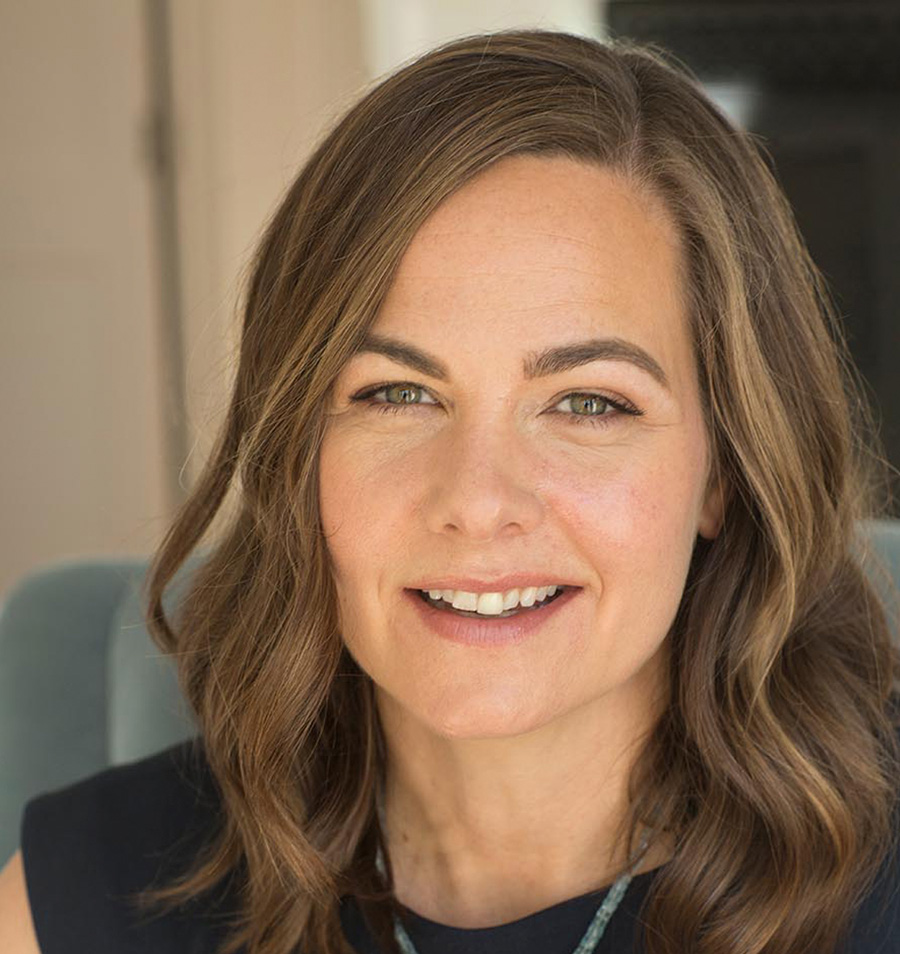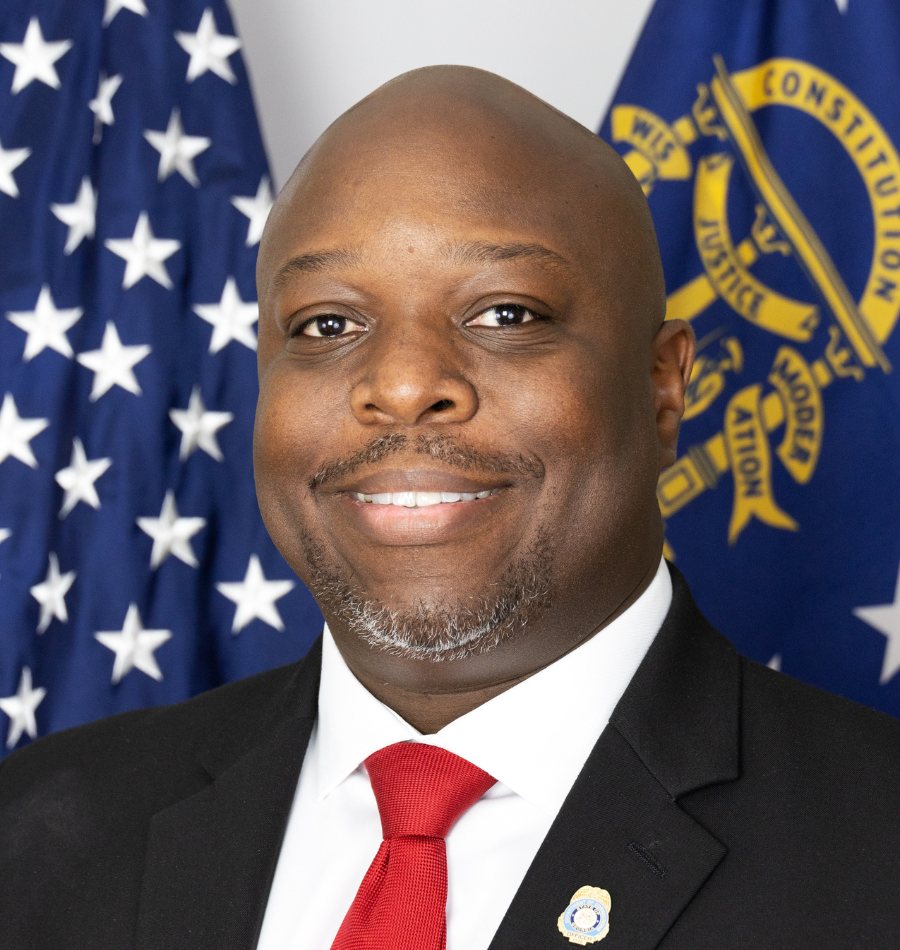Interview
Christine Montross, M.D.
Psychiatrist, author of “Waiting for an Echo – The Madness of American Incarceration”, USA
What made you embark on exploring incarceration and how the American legal system manages mental health?
CM: I am an inpatient psychiatrist. I work in a psychiatric hospital on the intensive treatment units – the mental health equivalents of medical intensive care units. The patients who are hospitalized there are the most severely ill patients in our facility. They actively hear voices or see visions; they are profoundly depressed, really trying to hurt themselves or other people; very manic; or grandiose or delusional.
My patients are really suffering from their severe mental illnesses. What I found in that role was that over and over again, I was hearing from my patients that they were coming in contact with the police.
Sometimes the police encounter led them to the hospital. But oftentimes, the police encounter ended up with them going to jail. And I thought about how difficult it was for my patients to comply with instructions, even within a therapeutic environment like a hospital, and I began to wonder what it must be like for them to be in a punitive environment that demanded compliance, like a jail or a prison.
To understand this more, I started doing competency to stand trial evaluations. In the US, if a defence attorney or a judge has a concern about a defendant’s ability to understand their charges, or how the court works, or whether they can work with their attorney, then the judge can order a competency evaluation so that a mental health provider can assess whether or not that person is competent to stand trial.
Through this work, I began really seeing firsthand that the people I was evaluating in our country’s jails were often no different from the people that I was seeing in my hospital. And, often, the men and women I evaluated in jail were incarcerated for reasons that had very little to do with criminal intent and very much to do with their psychiatric symptomatology.
For example, they may have been shouting at their hallucinations in the coffee shop or may have charged through security at an airport because they had a delusion about needing to get on a particular flight. In those moments, police are called, and the legal system takes over.
I was a writer before I was a doctor; I was a poet before I ever went to medical school. I started writing as a child as a way of making sense of the world. And, when I started my career in medicine, I really leaned on writing to make sense of the things that I was encountering: as a firstyear medical student, I wrote a book about the experience of dissecting a cadaver; I wrote a book about the most difficult and most compelling cases that I had as a novice psychiatrist.
And then this became one of those questions that really was burning for me: “What was happening to my patients when they were in these punitive environments?”
I began talking to my patients about what their experiences were like with police and in jail. I was performing competency evaluations in correctional facilities. And I also started visiting several jails and prisons around the country. I went to Cook County Jail in Chicago, which is the largest psychiatric facility in our country. Even though it is not a psychiatric hospital, Cook County Jail holds more psychiatrically ill people than any other facility in America.
I spent a lot of time at Northern Correctional Institution (a “supermax” state prison in Connecticut) where men are held in solitary confinement 23 hours a day, with only one hour a day of isolated recreation. I visited juvenile detention facilities. And I read an enormous amount just to try to understand how we had come to this place of incarcerating so many people with mental illness, and what the effects were, psychologically, for both mentally ill and mentally well people, once they are put in these kinds of environments.
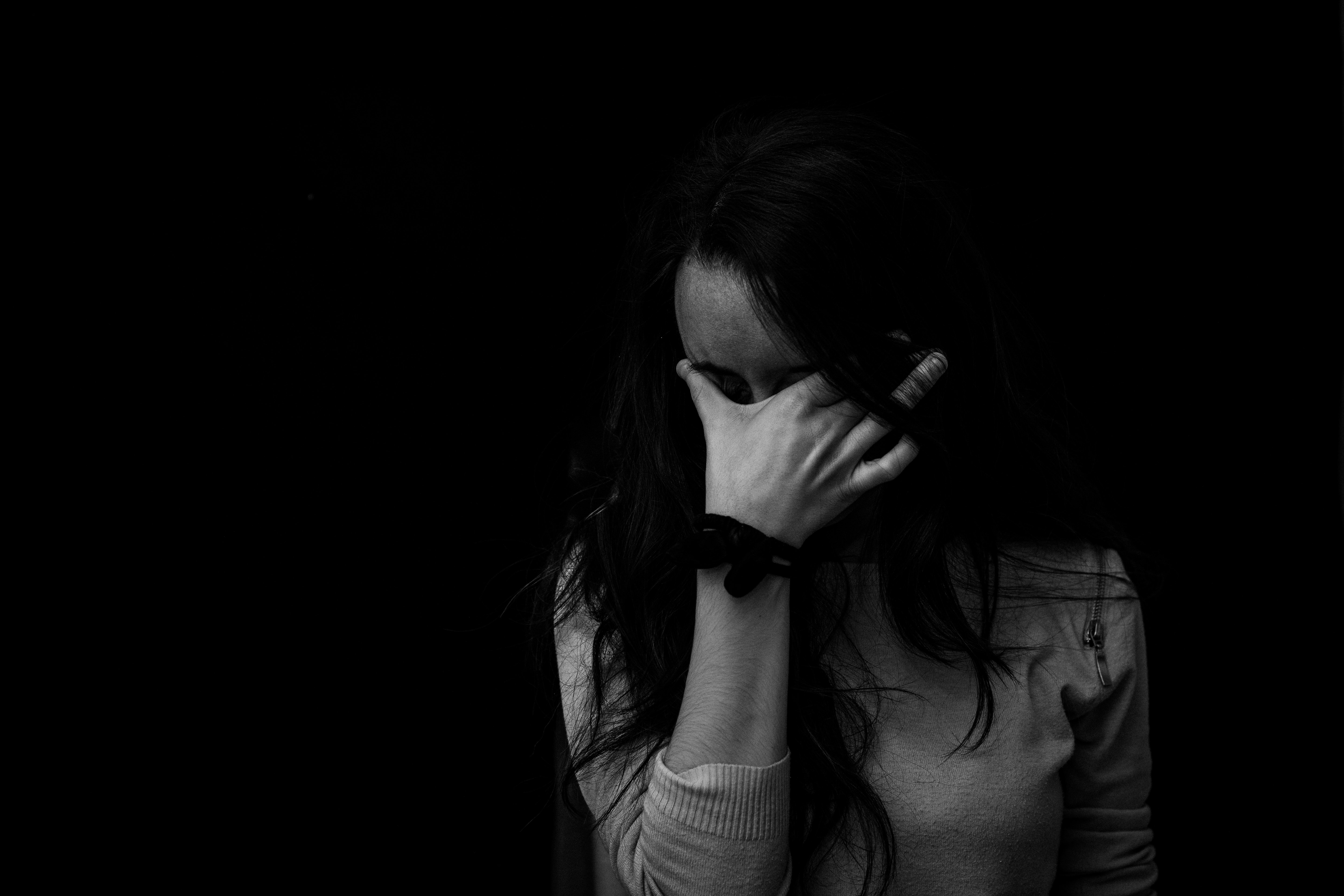
To what extent can jail and prison initiate or intensify mental illness?
CM: Mental illness often worsens, and even mentally sound people can become de-stabilized or mentally unwell in jail and prison. And I think the reason for this is that in America, we really intend for jails and prisons to be places of suffering; that suffering and vengeance are really the priorities in our prison system.
We’ve done away with many of the programs that fostered rehabilitation and corrections – as we might have intended corrections – and prison is now solely about punishment.
When mentally ill people are put in these environments, they really struggle to comply with the system’s demands, and they accumulate infractions. When you think about encounters with the police, or you think about jails and prisons, there are very clear rules.
The correctional officer says something; the prisoner is expected to comply. If the detainee does not comply, there are consequences. And those consequences are even further punishment. When someone is hearing voices or seeing visions – or if they’re extremely paranoid or so profoundly depressed that they cannot move – they are likely unable to comply with the demands that correctional or police officers make.
So, there’s a fundamental misalignment between our legal system and mental illness, where mentally ill people can ratchet up layer after layer of more and more severe punishment simply because they’re unable to comply with the very strict demands of these environments.
So, when they ratchet up more and more severe punishment, it often leads to administrative segregation, which is another term for solitary confinement. And we know that solitary confinement is damaging and de-stabilizing even for previously mentally well people. It’s particularly damaging for people who are mentally ill.
It is essential to have a medical response when a psychiatric emergency is taking place instead of a law enforcement response.
JT: There are passages in your book that mention women and juvenile inmates you met during your research.
To what extent are these specific groups of prisoners particularly vulnerable in terms of mental health?
CM: I don’t know that women are more vulnerable than men are when they are incarcerated. What I do know is that the ripple effects of incarcerating women are quite profound. A substantial majority of incarcerated women are parents of minor children, and many of those are single parents.
Incarcerating a single mother has a ripple effect that has very profound consequences for her children’s mental health and development.
When we incarcerate children, there are evident developmental effects.
And, one of the things that I think has been interesting about this moment of the pandemic, coincidentally, is that people around the world are talking about how concerned they are about the social deprivation that children are going through – that teenagers don’t have school every day, they don’t have their teams, they don’t have their clubs, they don’t have natural social interactions – and we recognize that as a loss, as something that’s damaging to children. Yet when we incarcerate children, this deprivation is something that we do to them intentionally.
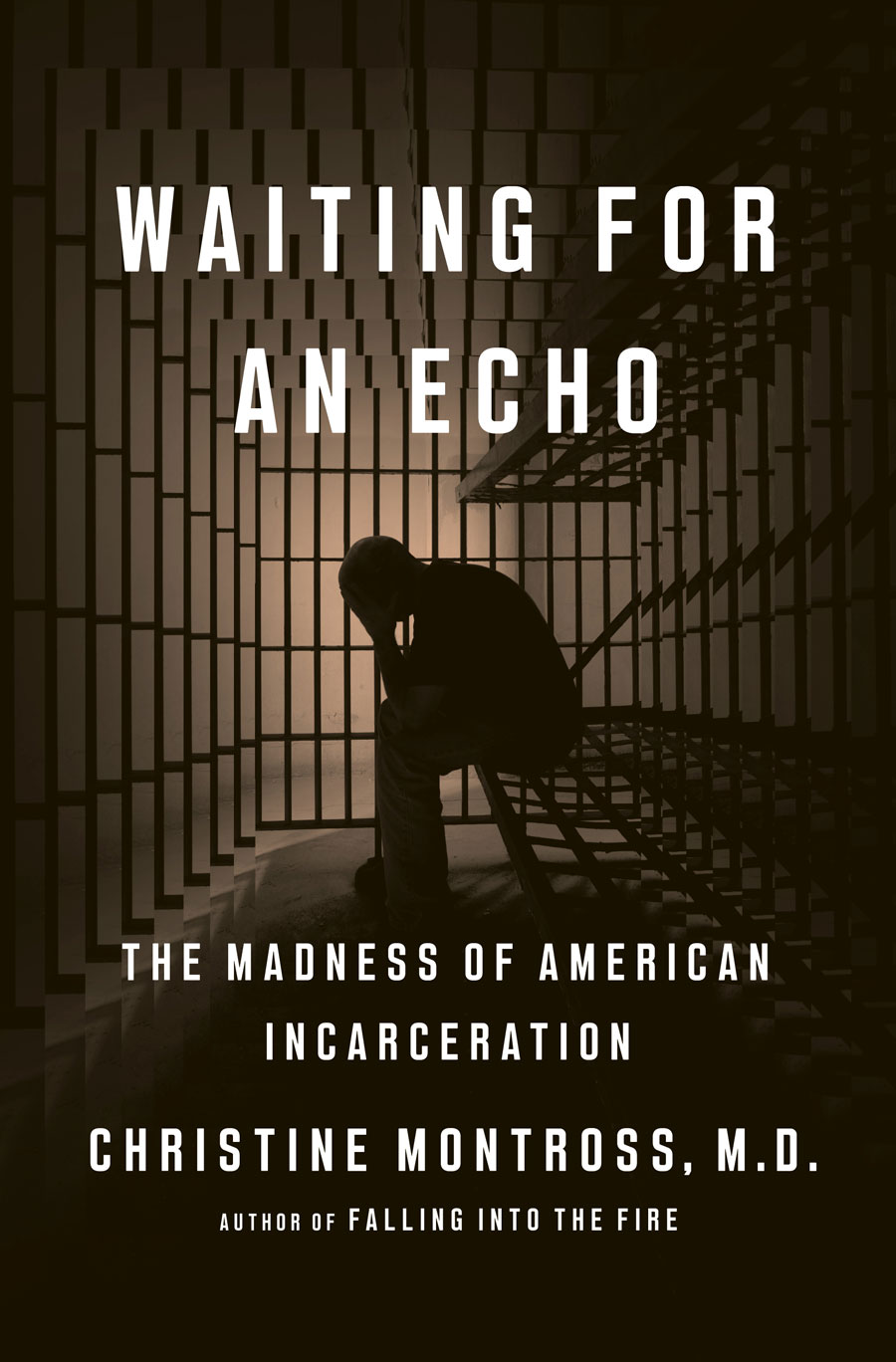
At one of the juvenile facilities that I visited, a staff member was taking me around to show me the various parts of the prison, and I felt as though we weren’t really acknowledging the purpose of the facility, which was a punitive purpose. I asked: “What’s the worst punishment that a boy here could sustain?” They said he could be sent to solitary confinement for up to a year. These are 14 to 20-year-old boys who can be isolated in solitary confinement for up to a year.
Anyone who understands the critical neurodevelopment that happens in adolescents – and then the deprivation that occurs when children are separated from normative social interactions, sensory stimulation, learning, risk-taking and responsibility – knows that if teenagers are isolated for prolonged periods, the brain can actually fail to develop in really critically important ways.
When I was touring this juvenile detention facility, the boys were standing on their toilets talking to the ceiling. When I saw the first one, I thought that it was a sign of mental illness. But then, as I went to the next cell and the next cell, I noticed more than one boy standing on his toilet talking to the ceiling. I asked the correctional officer: “What are they doing?” And he said: “It’s a real problem.
They found out they can talk to each other through the air vents, and so they stand on their toilets and call out to each other”. For me, that idea that these are children trying desperately to f ind any way they can to connect with each other, was really where the title of the book “Waiting for an Echo” came from. I was horrified at this prospect that, in the name of safety and justice, what we were actually doing was enacting a practice that was devastating, developmentally, to these children.
JT: Your book is “… a damning account of policies that have criminalized mental illness, shifting large numbers of people who belong in therapeutic settings into punitive ones”. (1)
What changes do you think the American justice system – especially Corrections – needs to reach a point where it contributes to a mentally healthier society?
CM: I would say numerous things need to change, but a couple of central ones. As mental health funding has been so dramatically cut in America, people’s access to treatment is really limited. That means that often when family members have someone who’s in a psychological crisis, they have no avenue to get them treatment other than to call the police. When we think about how we respond to any other health emergencies in our country – if you’re in a car accident or you’re having a heart attack or a stroke, we send emergency medically trained people to intervene, to stabilize you and then bring you to a medical facility for appropriate treatment.
However, unfortunately, that’s not what happens when someone is having a psychiatric emergency. In those moments, police are called, and just as correctional officers demand compliance, police also demand compliance. When people do not or cannot comply, these police encounters can escalate very quickly and sometimes to the point of catastrophe.
As we’ve seen, tragically, in our country, people with mental illness are sixteen times more likely to be killed by police than people without mental illness. So, it is essential to have a medical response when a psychiatric emergency is taking place instead of a law enforcement response.
The other piece is a recognition that those of us who elect our legislators are directing policy choices, and so, one of the questions that may be the centre of my book is: “What are our goals when we incarcerate?” In this country, we say that our goals are safety and justice. But our recidivism rates are very poor, and our draconian correctional practices damage incarcerated people– 95% of whom will return to our communities. So, in fact, we’re not making our communities safer, and we’re not acting with justice.
There are countries, many in the EU, that are doing a much better job with recidivism rates, with the re-entry into communities, with a more rehabilitative approach, that really tries to look at what the driving forces are that cause people to commit crimes and to try to use the period of corrections to mitigate those issues. If our goals truly are safety and justice, then we need to acknowledge that our current practices are at odds with those goals, and we need to change our ways.
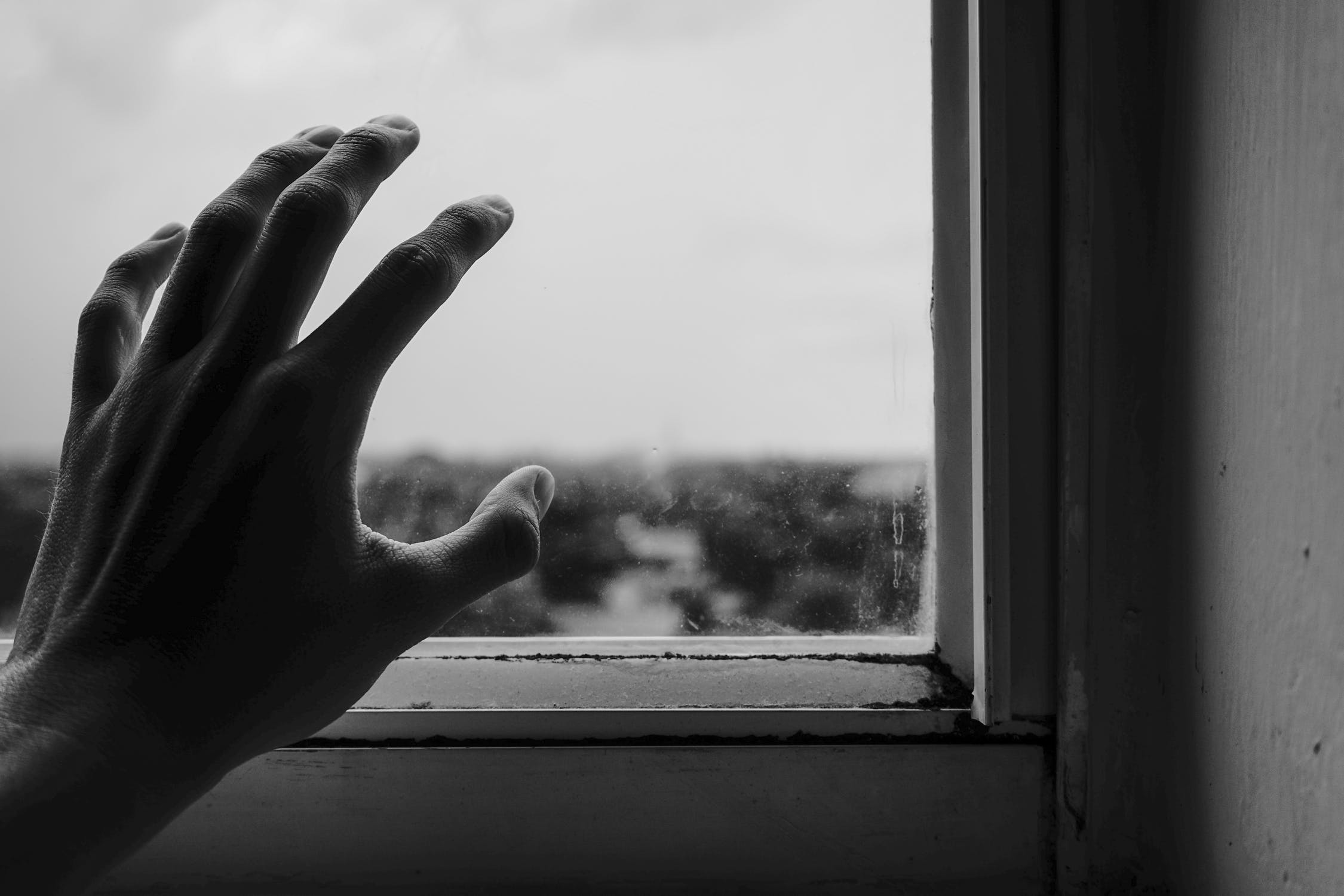
In writing “Waiting for an Echo,” I visited prisons both in Sweden and Norway. One of the foremost differences I saw was this idea of a needs assessment. When someone comes in, there’s really an emphasis on looking to provide necessary services throughout the period of corrections, including mental health treatment, job training, education, money management or healthcare. The need for these interventions is assessed, and then the appropriate services are tailored to inmates over the course of their sentences so that when they leave prison, they will be better positioned to be contributing members of the community.
To implement this kind of approach, a Norwegian prison governor told me that Norway had to stop “meeting hard with hard” and start “meeting hard with soft”. What they meant by that was, among other things, that the role of the correctional officer would be redefined to be less adversarial and more like a social worker: to have a human connection with the detainee, to talk with them about the circumstances that led to their incarceration and what their plans were going forward, and to really assist them while they were incarcerated. That’s wholly antithetical to the relationship between guards and prisoners in America.
The Norwegian approach is a far more collaborative model; and one that yields much better measurable results. I think it is one that should be extremely compelling to us.
A point of hope is that different interest groups acknowledge that mental illness in jails and prisons is a problem. Moreover, correctional officers are not trained to deal with people who have severe psychiatric symptoms, so they and the wardens would really like to see a change made so that mentally ill people are not ending up in our jails and prisons in such substantial numbers.
And even in America, at a time when there is almost zero bipartisan agreement in our politics, criminal justice reform is an area with some bipartisan consensus. Both conservative and liberal ideological groups align in seeing that the system is broken and that gives me a great deal of hope that change is possible.
Christine Montross
Psychiatrist, author of “Waiting for an Echo – The Madness of American Incarceration”, USA
Dr. Christine Montross is an Associate Professor of Psychiatry and Human Behavior at Brown University, a practicing inpatient psychiatrist and performs forensic psychiatric examinations. She completed medical school and residency training at Brown University. Moreover, she received her undergraduate degree and a Master of Fine Arts in poetry from the University of Michigan. “Waiting for an Echo – The Madness of American Incarceration” is Dr. Montross’s third book, which was named a finalist for the Los Angeles Times Book Prize, a New York Times Book to Watch For, a Time Magazine Book to Read in July’20 and an Amazon Best Book of the Month.

